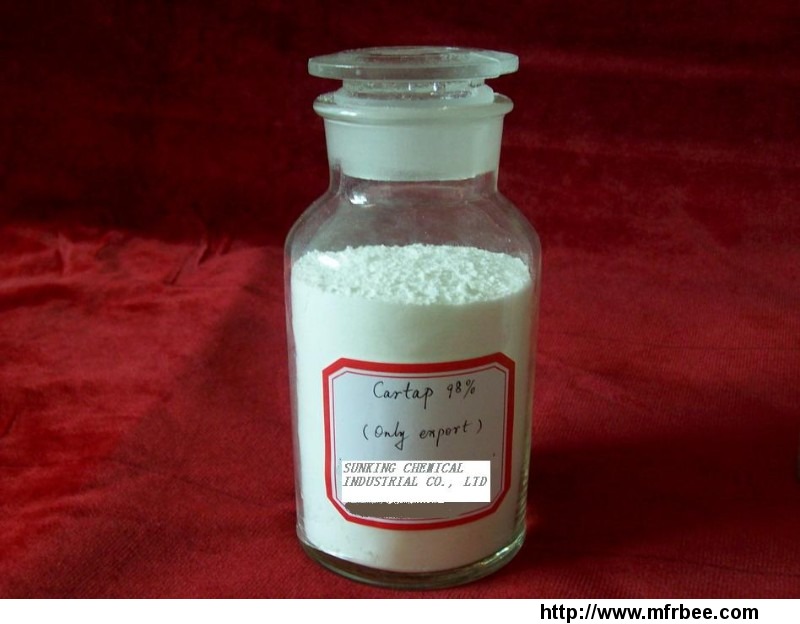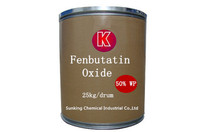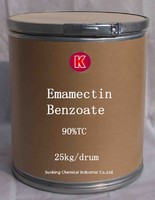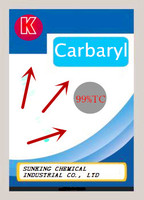CARTAP 98 TC
Product Quick Detail
- Packaging
- 25kgs/bag
- Delivery
- N/A
Specifications
Physical and chemical property:
Form (appearance): Colourless crystalline, slightly hygroscopic solid with slight odour. M.P.: 179-181℃(decomp) . V.P.: Negligible. Solubility. In water c. 200g/1(25℃). Very slightly soluble in methanol and ethanol. Insoluble in acetone, diethyl ether, ethyl acetate, chloroform, benzene, and hexane Stability: Stable in acidic conditions, but hydrolysed in neutral or alkaline media
APPLICATION:
Formulation types: DP; GR; SP
Biochemistry: Analogue or propesticide of the natural toxin nereistoxin. Nicotinergic acetylcholine blocker, causing paralysis by blocking cholinegic transmissions in the central nervous systems of insects
Mode of action: Systemic insecticide with stomach and contact action. Insects discontinue feeding, and die of starvation
Uses: Cartap hydrochloride is used, at c.a 0.4-1.0kg/ha, for control of chewing and sucking insects (particularly Lepidoptera and Coleoptera), at almost all stages of development, on many crops,including rice (Chilo suppressalis, Cnaphalocroclis, Lissorhoptrus oryzophilus and rice-leaf beetle), potatoes, cabbage and other vegetables(Agromyzidae, Leptinotarsa decemlineata and Plutella xylostella); also on soya beanuts, sunflowers, maize, sugar beet, wheat , pearley, pome fruit, stone fruit, citrus fruit, vines, chestnuts,ginger, tea, cotton, and sugarcane.
Phytotoxicity: May be phytotoxic to cotton, tobacco, and apples, under certain soil and climatic
- Country: China (Mainland)
- Business Type:
- Market:
- Founded Year:
- Address:Mingshu Rd, Jiangshan Ind Zone, Yinzhou, Ningbo , China
- Contact:Teng Xia
Other products from Ningbo Sunking Biotech Co., Ltd
Relate products of CARTAP 98 TC
Broad-spectrum & High effective Effective on: Sucking insects such as aphids, plant bugs, leafhoppers and mealybugs. Coleoptera species such as weevil, Colorado potato beetle and flea beetle. Diptera species such as leafminer fly. Certain Lepidoptera species such as fruit moths ...
Amitraz TC Chemical name : N-methyl-bis(2, 4 - Xylyiminomethyl)amine Chemical Formula: C19H23N3 Molecular Weight: 293.41 Description: A white to buff powder. Specification: Measure up to BP(vet.)2008 Assay: It contents not less than 97.0 percent and more than the equivalent of ...
Physics and chemical characters: White or light yellow powder with a special smell of ester. It is soluble in water and stable at room temperature. but hydrolyze when meet alkali. Toxicity: Acute Oral LD50 (Rat)>6000 mg/kg, Dermal LD50 (Rabbits)>6000 mg/kg. Function: DA-6 can ...













